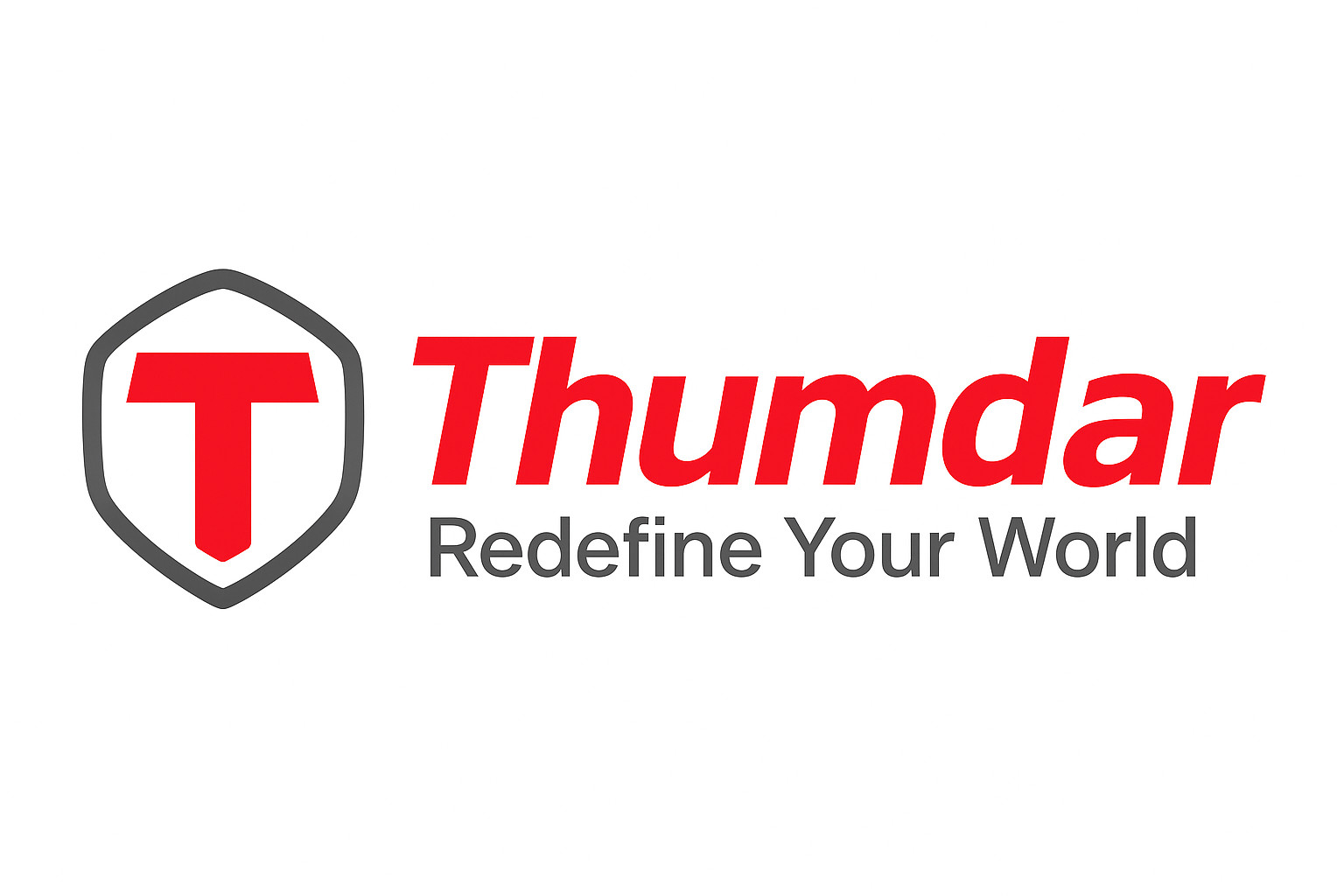When it comes to building immersive digital spaces, textures and graphics matter — a lot. Whether you’re designing a wearable for There.com, sculpting a custom sign in Second Life, or creating rich visual assets for your blog or Thumdar profile, you need a tool that’s powerful, flexible, and won’t break the bank. That’s where GIMP comes in.
What Is GIMP?
GIMP (GNU Image Manipulation Program) is a free, open-source graphics editor that’s packed with features rivaling even premium tools like Adobe Photoshop. Originally released in 1996, GIMP has stood the test of time by growing alongside its creative community — and it continues to be actively developed and improved by passionate contributors worldwide.
✨ You can download it directly here: https://www.gimp.org/
Why GIMP Belongs in the Virtual Creator’s Toolbox
From painting textures to editing templates, creating logos, or preparing graphical elements for use in There.com or Second Life, GIMP makes creative expression accessible and limitless. It supports a wide range of formats, advanced layer manipulation, custom brushes, scripting, animation features, and even supports third-party plug-ins to extend its capabilities.
If you’re creating for the metaverse — whether that’s fashion, architecture, or user interface mods — GIMP gives you the control you need with the freedom you deserve.
How GIMP Stacks Up
While Adobe Photoshop may dominate the professional design space with its suite of integrated tools (and price tag to match), GIMP offers an incredible value at zero cost. It’s community-supported, open to customization, and doesn’t limit your creativity with subscriptions or usage terms.
A Tool That Speaks Thumdar’s Language
At Thumdar, we believe the metaverse thrives when creativity is democratized. Tools like GIMP make it easier for anyone — not just professionals — to dive in and build something meaningful. Whether you’re creating a forum banner, designing skins for avatars, or experimenting with logos and textures, GIMP is a trusted companion for the journey.









 Thumdar Archives
Thumdar Archives
Responses